Recognizing Phosphorus Deficiency in Cannabis: Symptoms, Causes, and Solutions
Cannabis cultivation requires meticulous attention to nutrient management to ensure robust plant growth and optimal yields. Among the essential nutrients, phosphorus plays a critical role in various physiological processes, influencing energy transfer, root development, and flowering in cannabis plants. This article delves into recognizing phosphorus deficiency in cannabis, explores its causes, and discusses effective solutions to mitigate its impact on plant health.
Understanding Phosphorus’s Role in Cannabis Growth:
Phosphorus is a crucial macronutrient necessary for several vital functions within cannabis plants. It is an integral component of DNA, RNA, ATP (adenosine triphosphate), and other energy-transfer molecules. Phosphorus is particularly important during the flowering stage, supporting the development of strong root systems, efficient nutrient uptake, and the production of flowers and fruits.
Recognizing Phosphorus Deficiency:
Leaf Symptoms:
The most noticeable signs of phosphorus deficiency manifest on the leaves. Cannabis plants deficient in phosphorus typically exhibit dark green leaves with a purplish tint. As the deficiency progresses, leaves may turn yellow, and dark spots may appear. Unlike nitrogen deficiency, which affects older leaves first, phosphorus deficiency often shows up in younger leaves.
Stunted Growth:
Phosphorus deficiency can result in stunted growth, particularly in the early stages of plant development. Cannabis plants lacking sufficient phosphorus may appear smaller, with reduced internodal spacing and fewer branches.
Poor Flowering:
Phosphorus deficiency significantly impacts the flowering stage. Plants may produce fewer and smaller buds, and the overall flowering process may be delayed. Additionally, the lack of phosphorus can lead to poor seed development in female plants.
Dark Stems:
In some cases, the stems of cannabis plants experiencing phosphorus deficiency may exhibit a dark or purplish color. This discoloration is particularly noticeable in the lower parts of the plant.
Causes of Phosphorus Deficiency:
Imbalanced pH Levels:
Suboptimal pH levels in the growing medium can affect phosphorus availability. Cannabis plants generally thrive in slightly acidic to neutral soils with a pH range of 6.0 to 7.0. Outside this range, phosphorus absorption may be hindered.
Poor Soil Structure:
Compacted or poorly aerated soils limit the plant’s ability to take up nutrients, including phosphorus. Improving soil structure through organic amendments and proper cultivation practices can enhance nutrient availability.
Excessive Iron, Zinc, or Aluminum:
Elevated levels of certain micronutrients, such as iron, zinc, or aluminum, can interfere with phosphorus uptake. It’s crucial to maintain a balanced nutrient profile to prevent nutrient imbalances that contribute to deficiencies.
Cold Soil Temperatures:
Cannabis plants prefer warm soil temperatures for optimal nutrient uptake. Cold soil conditions can impede the availability of phosphorus, leading to deficiency symptoms.
Solutions to Phosphorus Deficiency:
pH Adjustment:
Regularly monitor and adjust the pH of the growing medium to ensure it falls within the optimal range. Using pH-adjusting amendments or pH-balanced fertilizers can help create a more favorable environment for phosphorus uptake.
Organic Amendments:
Incorporating organic matter into the soil can enhance phosphorus availability. Well-rotted compost, bone meal, and other phosphorus-rich organic amendments provide a slow-release source of this essential nutrient.
Balanced Fertilization:
Selecting a well-balanced fertilizer with an appropriate N-P-K ratio is crucial. During the flowering stage, phosphorus becomes particularly important, so using a fertilizer with a higher second number (P) is advisable.
Avoiding Excess Nutrients:
Carefully monitor nutrient levels, especially micronutrients like iron and zinc, to prevent excesses that may hinder phosphorus uptake. Regular soil testing can help identify and correct nutrient imbalances.
Root Stimulants:
Incorporating root stimulants or mycorrhizal fungi into the growing medium can enhance the plant’s ability to absorb phosphorus. These additives promote healthy root development and increase nutrient uptake efficiency.
Temperature Management:
Ensure that soil temperatures are within the optimal range for cannabis growth. Using mulch can help regulate soil temperatures and create a more favorable environment for nutrient absorption.
Phosphorus deficiency in cannabis can have detrimental effects on plant growth, flowering, and overall yield. Recognizing the symptoms, understanding the causes, and implementing effective solutions are crucial aspects of successful cannabis cultivation. By maintaining proper pH levels, improving soil structure, and providing a balanced nutrient regimen, growers can address phosphorus deficiency and promote healthy, thriving cannabis plants throughout their growth cycle. Regular monitoring and proactive measures are key components of a successful nutrient management strategy in cannabis cultivation.














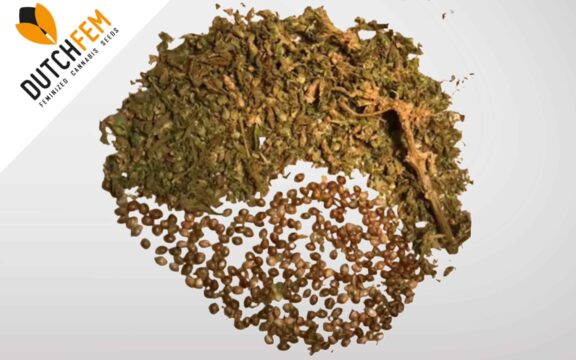






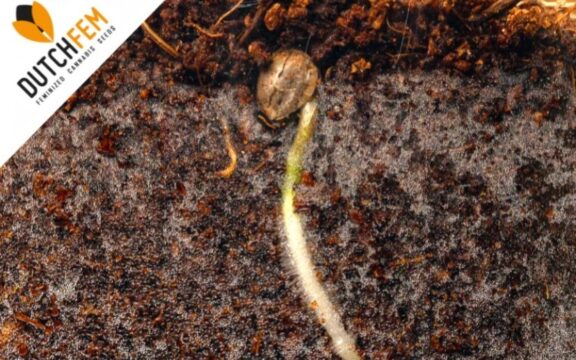







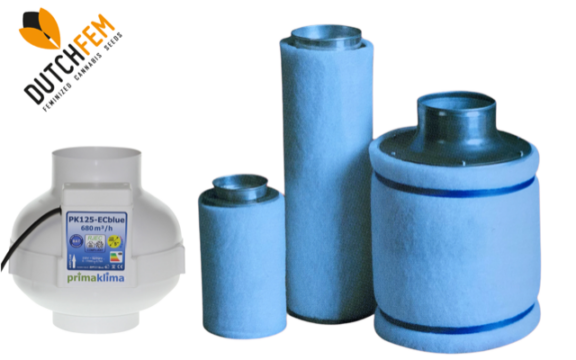






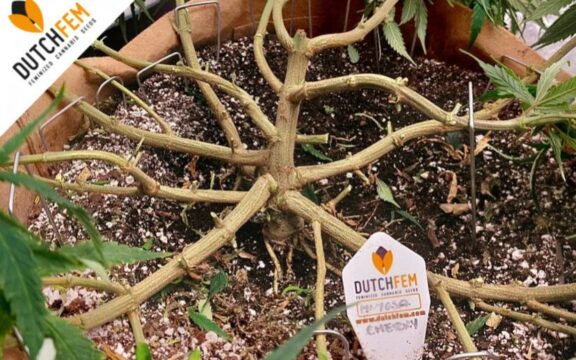



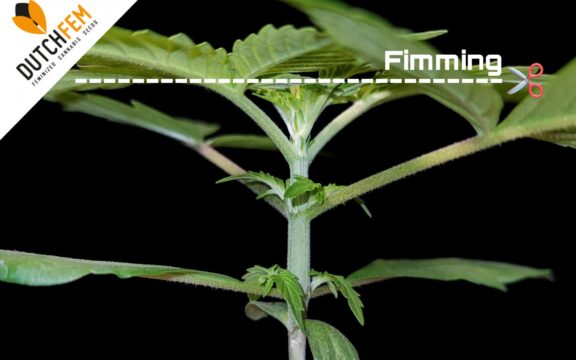










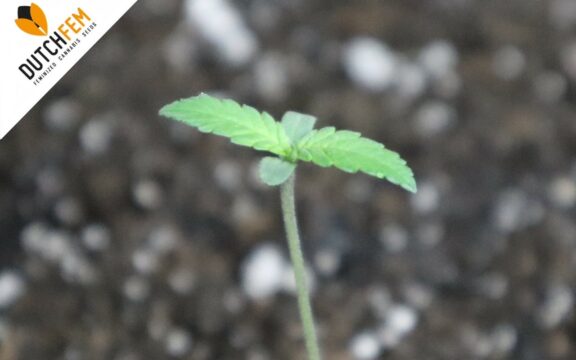

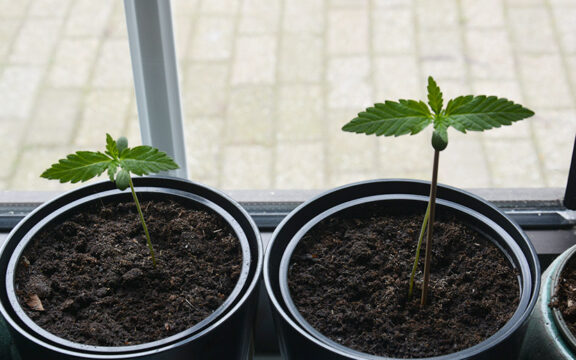
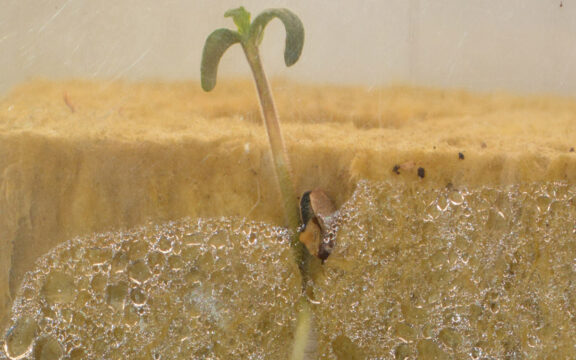




You must be logged in to post a comment.